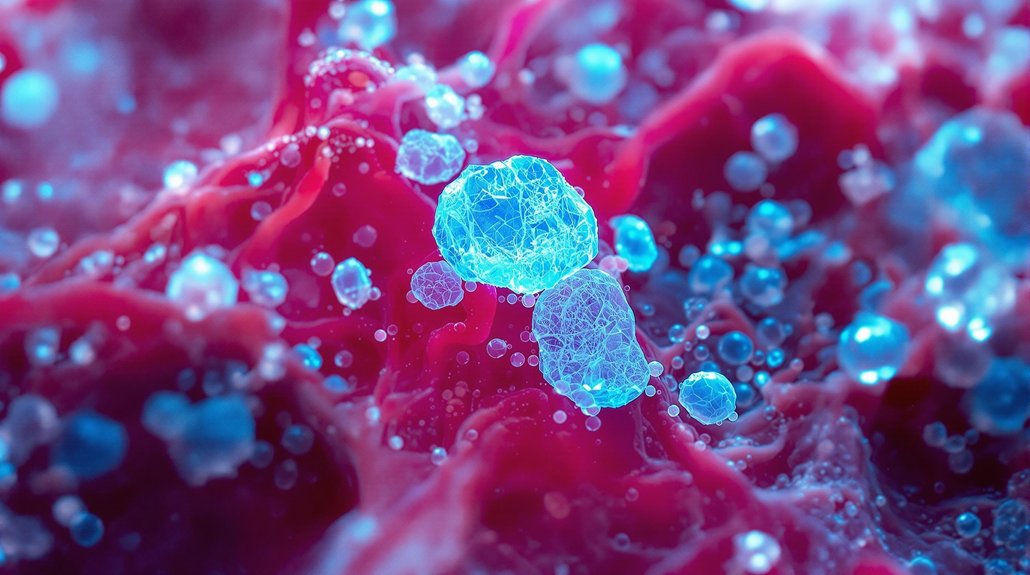Scientists have found microplastics in human blood, organs, breast milk, and semen. The average person consumes about five grams weekly – equivalent to a credit card. These tiny plastic particles enter our bodies through food, air, and even cosmetics. They may cause inflammation, disrupt gut bacteria, and potentially affect brain function. Research faces challenges with detection methods and establishing clear health impacts. The full consequences of this invisible invasion remain a concerning mystery.
Alarm bells are ringing in the scientific community as researchers discover microplastics in virtually every part of the human body. These tiny plastic particles, smaller than 5 millimeters, have been found in blood, lungs, liver, kidneys, and even the brain. They’re also present in breast milk, semen, stool, and urine, leaving no bodily system untouched.
Scientists report that the average person ingests about 5 grams of microplastics weekly—roughly the weight of a credit card. The microscopic invaders come in various shapes including fibers, fragments, spheres, and foams. They’re made from common polymers like polyethylene, polypropylene, PVC, and PET. Most concerning is their ability to carry other harmful substances on their surfaces, including pollutants and pathogens.
People are exposed to microplastics through multiple routes. They enter our bodies when we eat contaminated food and drink water, breathe air with plastic particles, or use plastic-containing cosmetics. Studies show that microplastics can accumulate in the food chain, with higher concentrations found in meat products. The constant inhalation and ingestion of microplastics occurs throughout our daily lives, making exposure virtually unavoidable. More alarmingly, they can transfer from a mother to her unborn child through the placenta.
Despite growing evidence of their presence, scientists face challenges in understanding the full health impacts. Current research suggests microplastics may cause oxidative stress and inflammation in organs, disrupt gut microbiome, and potentially lead to neurotoxicity and cognitive decline. The smallest particles, known as nanoplastics, can penetrate cell membranes and even reach cell nuclei. There are also concerns about reproductive issues and increased cardiovascular disease risk.
Researchers can detect these particles using techniques like chemical dissolution, electron microscopy, and spectroscopy. However, the field lacks standardized methods, making it difficult to compare results across studies.
Brain concentrations have increased 50% in just eight years, highlighting the urgency of this issue. The scientific community continues working to establish clearer links between microplastic exposure and specific health outcomes while developing better detection methods. Until then, these invisible plastics remain a mysterious threat within our bodies.







